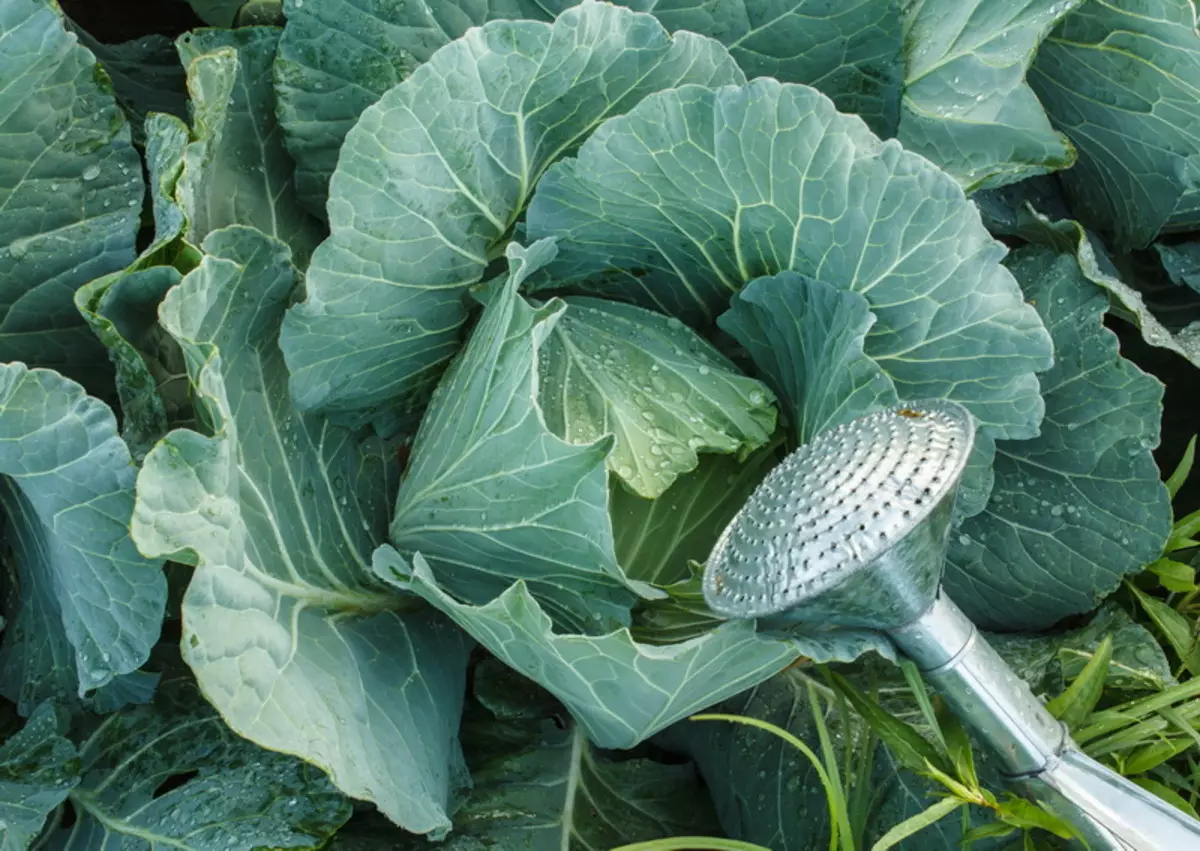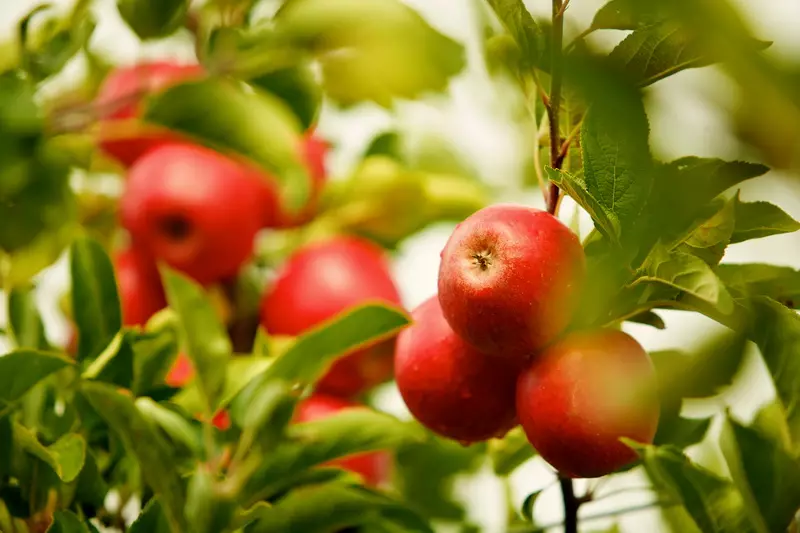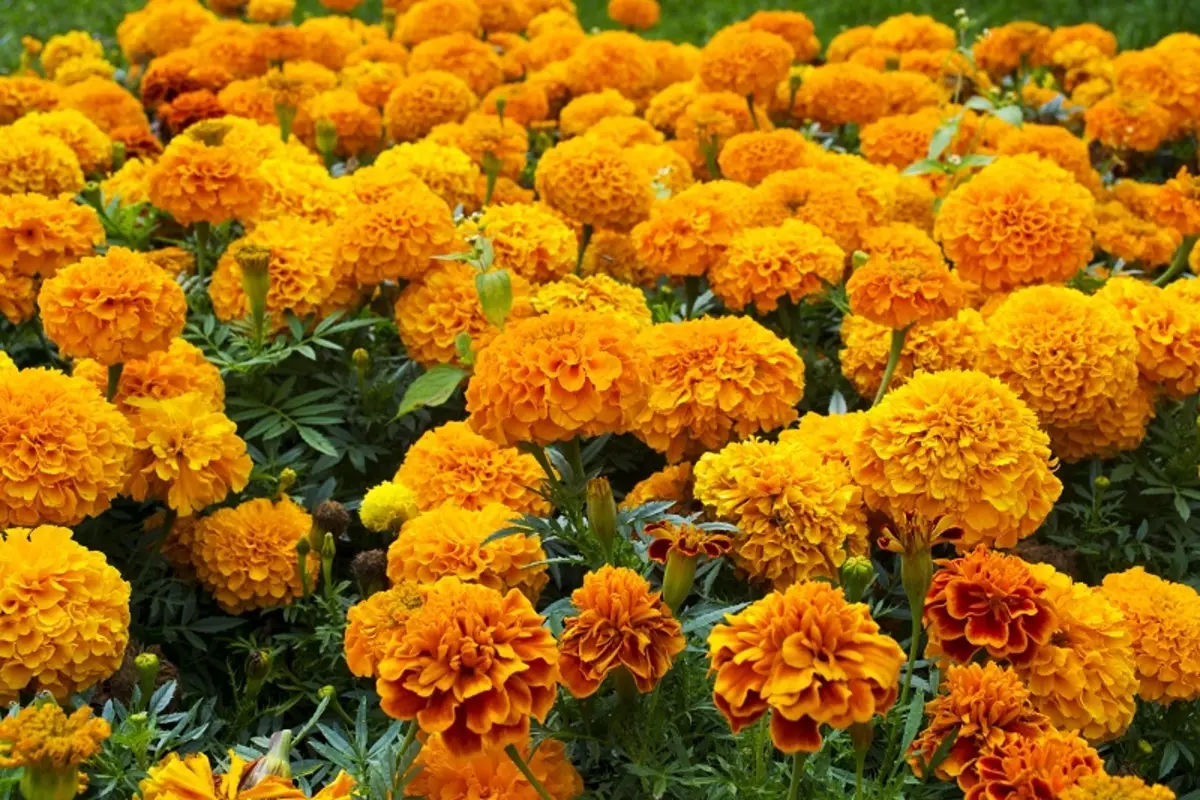Good afternoon, my reader. When planning to put a young garden on the place of the old, you have to take into account the plants that cultivated before, and which of them remained at the moment. It is necessary in order to combine trees, shrubs, herbs - they should not interfere with each other to develop.

Pea (photo is used according to a standard license © azbukaogorodnika.ru)
When planting fruit trees, it is important to take into account which cultures they preceded. It is advisable not to replace the old tree with young, and find a new place for this. The soil needs time for "rest" and restoring natural properties.

Cabbage (Photo Used by Standard License © azbukaogorodnika.ru)
On the plot where many years of culture grew, it is best to plant Side Plants:
- bean cultures (peas, lentils, alfalfa, soybean, Esparcet, Donnik, etc.);
- cereal (barley, rye, oats, timofeevka, riches, millet, etc.).;
- Cruciferous (radishes, cabbage, rape, mustard, coarse, etc.).
In addition, other plants are also beneficial for the nutritional composition and the structure of the soil: the amaranth, sunflower, firelius, marigold, shinters, buckwheat, etc. It contains a large amount of nitrogen.
The successful neighborhood for the apple tree is a garden with tomatoes or a malinik, which saturates the soil with oxygen. But the pear, Kalina, cherry or peach planted nearby, will adversely affect the apple tree.

Apple tree (Photo used by standard license © azbukaogorodnika.ru)
Fruit culture and decorative plants are not seated: fir, lilac, barberry, juniper. They will not only reduce the amount of crop, but also will coagulate the tree, taking moisture and nutritional components from the soil.
When planting fruit and berry trees and shrubs, it is important to take into account not only the decorative plants growing by a number, but also some perennial weeds. For example, drinking, from which it is difficult to get rid of, very quickly grow up and displaces the majority of cultivated plants from the site.Other available methods are used to suppress dusty. The soil must be thrilled annually (plowing) and periodically loose. Good results gives mulching soil and mandatory observance of crop rotation.
Not all herbs in the garden are equally harmful. For example, one-year lupine, growing under fruit-berry cultures, improves the structure and composition of the soil and contributes to the increase in the crop. Velhets, garlic, basil, calendula, mint, dill and other spicy plants distinguishes harmful insects.

Useful velvets (photo used by standard license © azbukaogorodnika.ru)
And plant-sites not only loosen the soil and enriched with its nutrients, but also kill fungal infections, prevent the spread of weeds and pests.
Planning to plant the garden (garden), it is important to take into account the development cycle of different plants, their preferences for the quality of the soil, the amount of moisture and light consumption. Then decorative and fruit cultures are easy to stay in a small plot of land.
